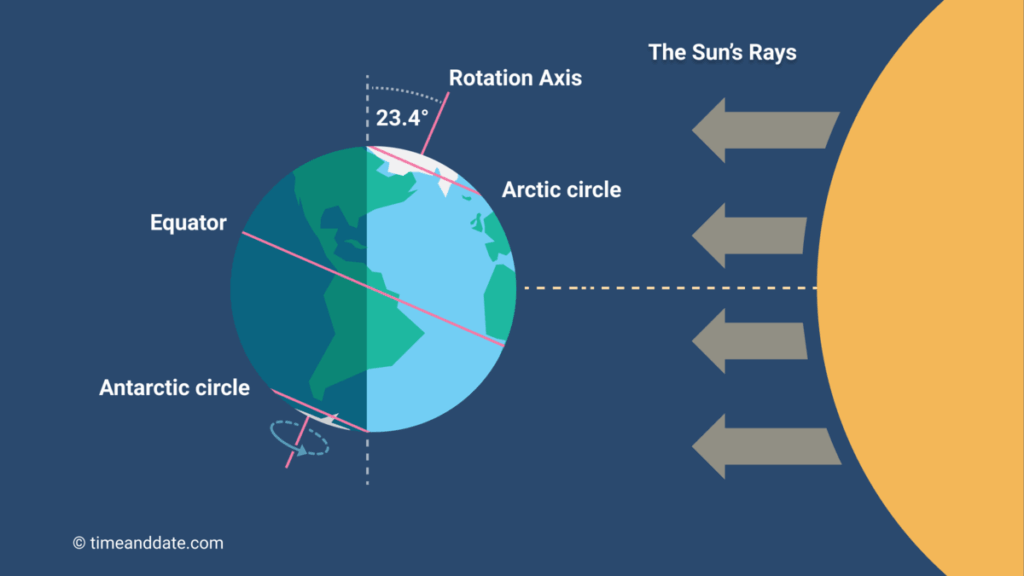
Introduction
The longest day of the year, known as the summer solstice, holds significant cultural, astronomical, and social importance. Occurring each year around June 21 in the Northern Hemisphere, this day marks the peak of daylight hours and the beginning of astronomical summer. For many, it is a time for celebration and reflection on the changing seasons, as well as an opportunity to engage in outdoor activities during the extended daylight.
When is the Longest Day of the Year in 2025?
In 2025, the summer solstice will occur on June 21 at 3:13 PM UTC. Depending on your location in Canada, the local time may differ slightly. Regions further north experience an even more pronounced variance in daylight hours. For example, cities like Yellowknife will enjoy nearly 24 hours of light, while southern cities like Toronto will bask in over 15 hours of sunlight.
Scientific Significance of the Solstice
The summer solstice occurs due to the tilt of the Earth’s axis and its orbit around the sun. The sun reaches its highest point in the sky at noon, providing the longest period of daylight. This event is celebrated by scientists and astronomers alike for its alignment with Earth’s axial tilt and the sun’s position. It plays a crucial role in understanding our solar system, seasonal changes, and climate patterns.
Cultural Celebrations
Globally, the summer solstice has been celebrated for centuries with various customs and traditions. In Canada, Indigenous communities celebrate the solstice with gatherings that emphasize connection to nature and the Earth. Events may include festivals, rituals, and community feasts. Similarly, in cities like Ottawa and Toronto, public events such as music festivals and outdoor activities are organized to capitalize on the extended daylight hours.
Conclusion
The longest day of the year is not just a natural phenomenon; it is a time for cultural significance and a reminder of the Earth’s intricate relationship with the sun. As June 21, 2025, approaches, it will serve as an occasion for Canadians to embrace outdoor activities, reflect on nature, and participate in local festivals. Understanding and celebrating the solstice allows individuals to connect more deeply with the world around them and appreciate the cyclical nature of time, seasons, and life itself.



